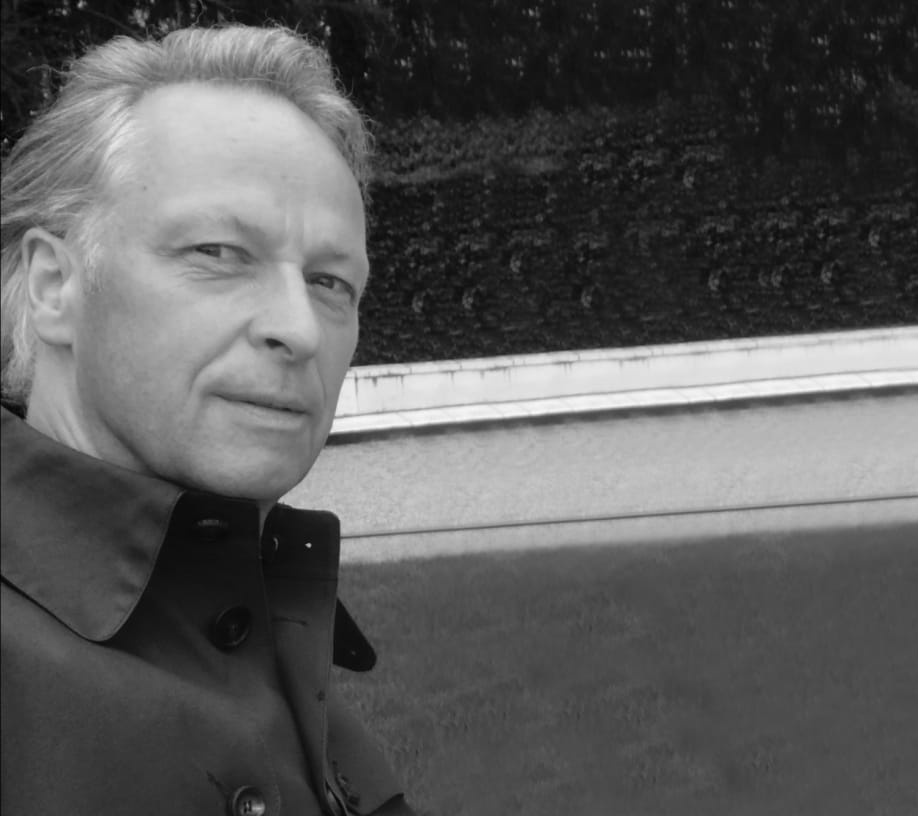
Andreas Slominski
Overview
'Everything that can be a trap cannot be grasped even with the most vivid imagination.'
Andreas Slominski's works represent some of the most extraordinary contributions to German contemporary art. During the early 1990s, he mainly created sculptures in smaller dimensions, while in more recent years he has shifted towards larger-scale installations. Since his beginnings, Slominski unfailingly sought a direct dialogue with the viewer, probing ideas about art and its reception. His so-called 'traps' are absurd-looking baits, inspired by the sculptural qualities he observed in a vole trap and positioned somewhere between sculpture and functional object. They can be interpreted as comments on the deceptive, as well as the seductive, effects of art.
Slominski's cunning traps only form one of many components in his ironic universe, which also includes bicycles, windmills, found objects and non-traditional materials. In the legacy of Marcel Duchamp's readymades, he transforms these everyday objects through their inclusion in an art context, highlighting the ways in which perception and expectation condition how we see them. In 2006, he introduced paint and classical reliefs into his practice and, in keeping with his satirical approach, the fine marble usually associated with these forms is replaced with cheap polystyrene, while traditional painterly subjects are exchanged for kitschy motifs and colour schemes.
Andreas Slominski's works represent some of the most extraordinary contributions to German contemporary art. During the early 1990s, he mainly created sculptures in smaller dimensions, while in more recent years he has shifted towards larger-scale installations. Since his beginnings, Slominski unfailingly sought a direct dialogue with the viewer, probing ideas about art and its reception. His so-called 'traps' are absurd-looking baits, inspired by the sculptural qualities he observed in a vole trap and positioned somewhere between sculpture and functional object. They can be interpreted as comments on the deceptive, as well as the seductive, effects of art.
Slominski's cunning traps only form one of many components in his ironic universe, which also includes bicycles, windmills, found objects and non-traditional materials. In the legacy of Marcel Duchamp's readymades, he transforms these everyday objects through their inclusion in an art context, highlighting the ways in which perception and expectation condition how we see them. In 2006, he introduced paint and classical reliefs into his practice and, in keeping with his satirical approach, the fine marble usually associated with these forms is replaced with cheap polystyrene, while traditional painterly subjects are exchanged for kitschy motifs and colour schemes.
Born in 1959 in Meppen, Germany, Slominski attended the Hochschule für Bildende Künste in Hamburg and now lives and works between Hamburg and Werder. His solo museum exhibitions include the Hamburger Kunsthalle, Hamburg (1995 and 1997); Deutsche Guggenheim, Berlin (1999); Serpentine Galleries, London (2005); Museum für Moderne Kunst, Frankfurt (2006); Museum Bojimans Van Beuningen, Rotterdam (2007); Neuer Berliner Kunstverein, Berlin (2013 and 2014); Deichtorhallen Hamburg (2016); and Museum Jorn, Silkeborg, Denmark (2017).
Videos











































































































































































































